What Is the Proper Chemical Symbol for Sodium Hydrosulfide: NaSH, NaHS, or HNaS?
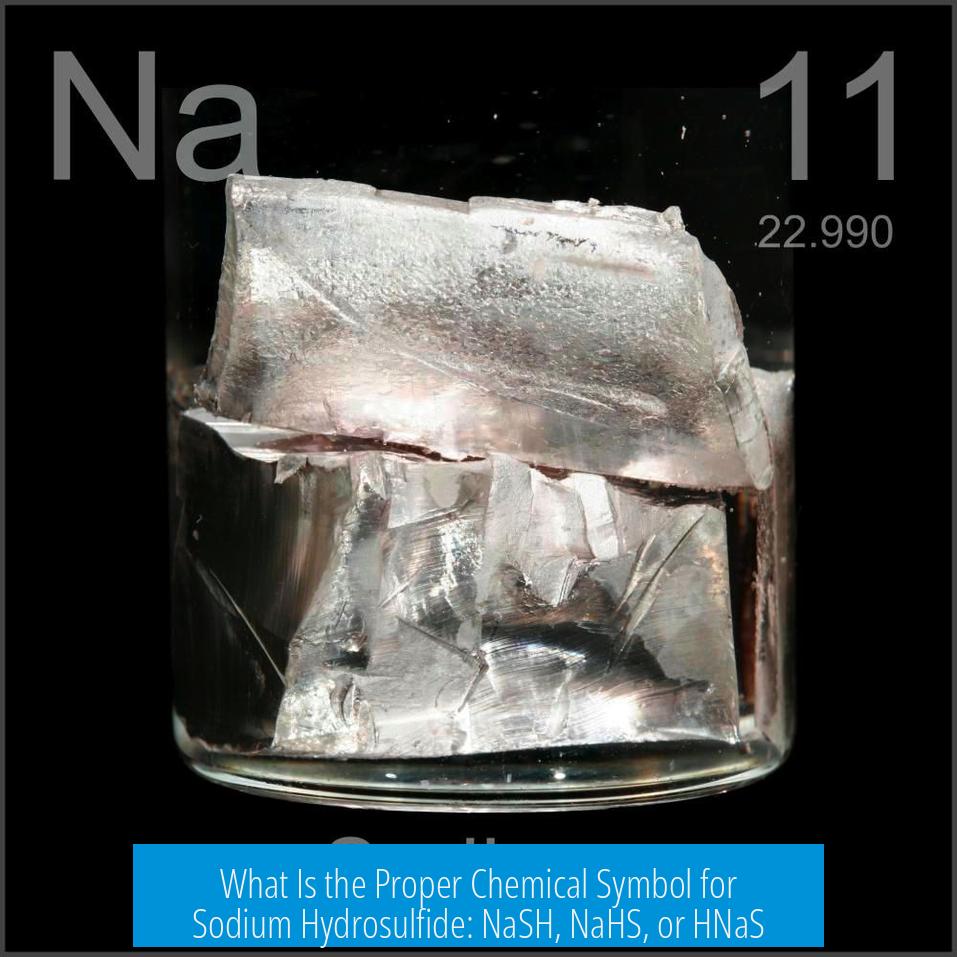
The proper chemical symbol for sodium hydrosulfide is generally NaSH. This notation best reflects the chemical structure, bonding, and established naming conventions. While NaHS and HNaS appear in some contexts, NaSH is the preferred, most consistent way to represent sodium hydrosulfide.
Understanding Sodium Hydrosulfide: Composition and Bonds
Sodium hydrosulfide consists of sodium (Na), sulfur (S), and hydrogen (H) atoms. The compound contains the hydrosulfide ion (SH−), where sulfur bonds directly to hydrogen. Sodium is an alkali metal ion typically bonded ionically to the SH− anion.
The bonding structure is:
- Sodium (Na+) ionically associates with the hydrosulfide ion (SH−).
- Within the hydrosulfide ion, sulfur covalently bonds to hydrogen.
This bonding implies a sequence in the chemical formula: sodium first, then sulfur, then hydrogen, reflecting the connectivity Na–S–H.
Preferred Notation: NaSH
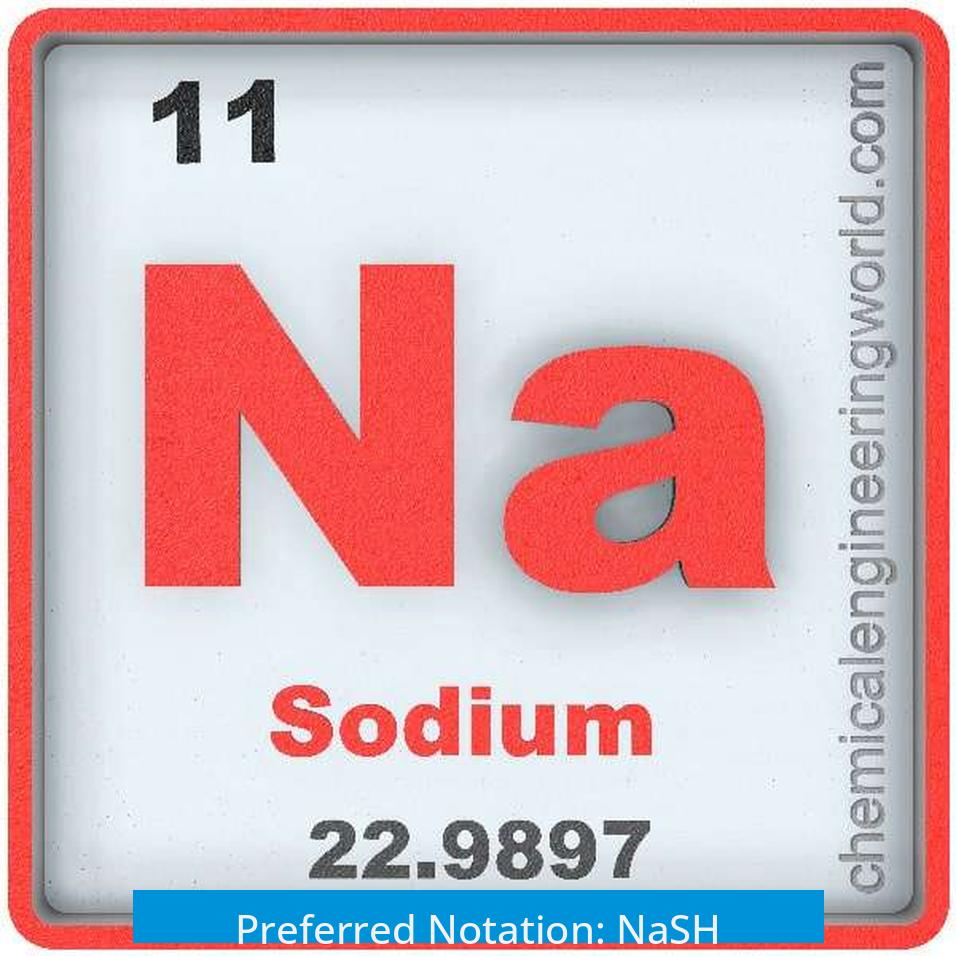
NaSH is the most widely accepted and preferred chemical symbol. This notation corresponds with how similar species are named, such as sodium hydroxide (NaOH).
- NaSH emphasizes sodium’s ionic bonding to the hydrosulfide ion (SH−), making it intuitive to visualize the compound as Na+ and SH−.
- The order Na then S then H reflects the bonded atoms’ sequence and electronic structure.
- NaSH aligns with common naming patterns in inorganic chemistry, improving clarity.
- It follows the principle of naming metal ions first, followed by their associated anions.
Many chemists and authoritative editors prefer NaSH because it accurately represents the chemical bonding and matches analogous compounds. For example, just as sodium hydroxide is NaOH, not NaHO or HNaO, sodium hydrosulfide is most logically NaSH.
Further, the notation NaSH facilitates easier pronunciation and avoids confusion. It corresponds well with chemical intuition and literature style.
Alternative Notation: NaHS
NaHS is an alternative notation sometimes encountered. It is valid but less consistent with standard naming conventions.
- NaHS highlights the hydrosulfide ion’s negative charge on sulfur (HS−), stressing the nucleophilic nature of sulfur in the ion.
- It sometimes appears in industrial or practical contexts where the focus is on the ion HS− rather than the bond order.
- Pronounced as “Nash” in industry, NaHS is commonly used in commercial communications.
- Some chemists adopt NaHS when emphasizing sulfur’s role in reactions, such as nucleophilic attacks.
Despite these uses, NaHS does not clearly depict the bonding order. It places the hydrogen before sulfur, which is less chemically descriptive based on the actual structure.
Thus, while not incorrect, the NaHS form might cause confusion for those expecting a formula reflecting chemical bonding more directly.
Disfavored Notation: HNaS
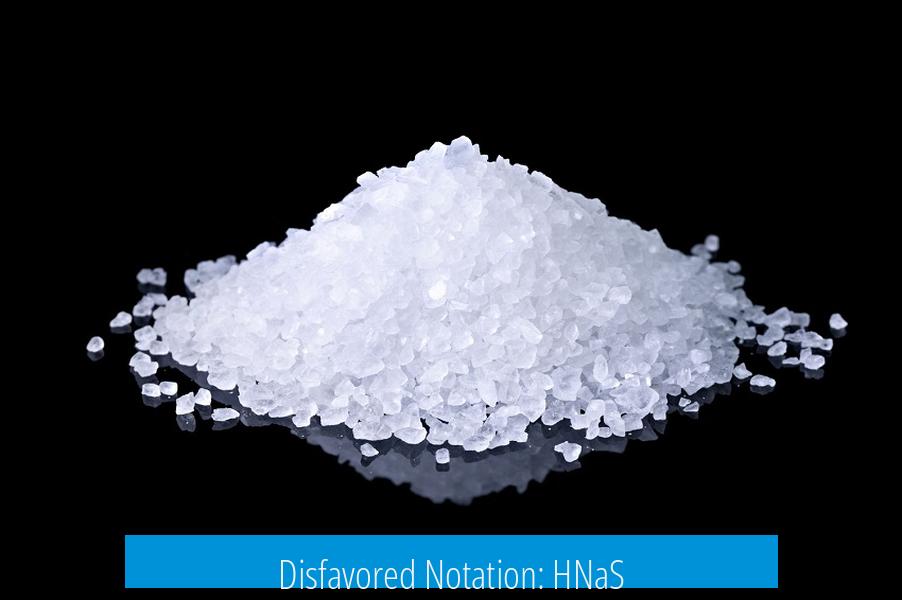
HNaS is rarely used and generally discouraged. It does not provide intuitive information about the compound’s structure or bonding.
- This notation places hydrogen first, which contradicts the usual convention where metals appear before nonmetals.
- HNaS might result from applying the Hill system of formula notation, which orders elements alphabetically except for carbon and hydrogen.
- The Hill system is designed mainly for organic compounds and does not reflect bonding or chemical reactivity effectively for inorganic salts like sodium hydrosulfide.
- Chemists unfamiliar with the formula may misinterpret HNaS or find it confusing.
In practice, HNaS is almost never used in academic, industrial, or regulatory texts related to sodium hydrosulfide. Its usage is limited to certain databases or theoretical listings.
Chemical Naming Conventions and IUPAC Rules
Systematic chemical nomenclature rules offer guidance on element ordering in chemical formulas but can vary with context.
- IUPAC typically recommends writing elements starting with those more electropositive or furthest left on the periodic table, followed by others, with hydrogen often last in such compounds.
- For sodium hydrosulfide, sodium (group 1 element) is placed first, consistent with this rule.
- Sulfur and hydrogen follow as part of the hydrosulfide ion, reinforcing the order Na, then S, then H.
- The Hill system prioritizes carbon and hydrogen for organic compounds, but for inorganic salts, it places hydrogen earlier, yielding HNaS, which is less useful chemically.
Therefore, NaSH aligns best with chemical logic and naming standards for inorganic salts involving alkali metals and hydrosulfide.
Comparisons to Related Compounds
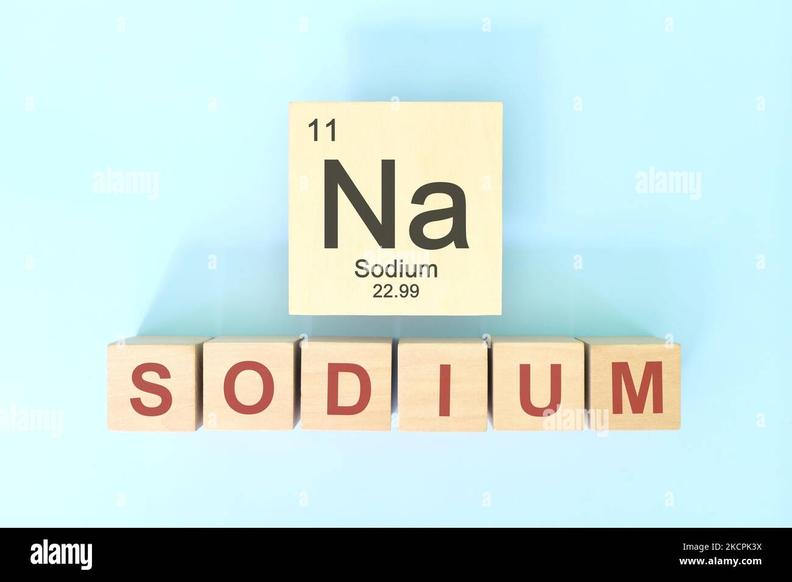
| Compound | Formula | Comment |
|---|---|---|
| Sodium Hydroxide | NaOH | Metal ion, then oxygen bonded to hydrogen; standardized |
| Sodium Hydrosulfide | NaSH | Analogous to NaOH; metal, sulfur, hydrogen order |
| Ammonium Sulfide | (NH4)2S | Cation and anion separate, follows IUPAC conventions |
NaSH’s structure reflects the pattern seen in NaOH, where the metal appears first, followed by the bonded groups.
Pronunciation and Practical Usage
Practically speaking, NaSH is easier to pronounce and remember. Saying “NaSH” flows naturally and minimizes confusion in communication.
Although NaHS is sometimes used in industrial environments—and pronounced the same way—it does not convey molecular structure clearly.
Practitioners and researchers often favor NaSH in publications and official documents because of its clarity and conformity to convention.
Summary of Chemical Symbol Notations for Sodium Hydrosulfide

- NaSH: Preferred; chemically accurate; consistent with compounds like NaOH; reflects bonding sequence Na–S–H.
- NaHS: Acceptable; used to emphasize HS− ion; common in industry; less clear structural representation.
- HNaS: Rare; based on Hill system ordering; generally discouraged; confusing to chemists.
Key Takeaways
- NaSH is the proper chemical symbol for sodium hydrosulfide and aligns with chemical bonding and naming conventions.
- The notation mirrors similar compounds such as sodium hydroxide (NaOH), improving clarity.
- NaHS is a secondary alternative, highlighting the HS− ion but less reflective of bonding structure.
- HNaS is rarely used and does not follow chemical intuition or standard naming for inorganic salts.
- In writing and communicating chemistry, NaSH promotes better understanding and minimizes ambiguity.
What is the Proper Chemical Symbol for Sodium Hydrosulfide? NaSH, NaHS, or HNaS?
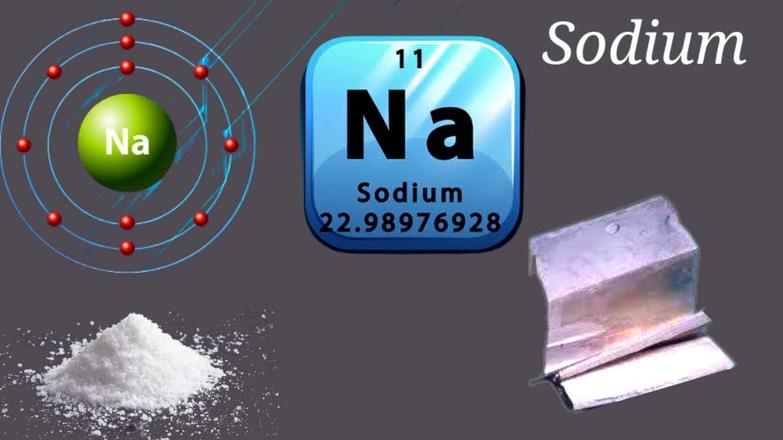
When it comes to the chemical symbol for sodium hydrosulfide, NaSH stands out as the proper, most accepted, and practically useful notation. Now, that’s the quick answer, but hey, let’s unravel why NaSH wins this symbolic battle and what makes NaHS and HNaS also linger in the conversation — though on shakier ground.
So, why is NaSH the champion? Let’s put on our chemist hats and peer into the molecule’s soul.
NaSH feels most right because it accurately reflects the molecule’s bonding and chemistry. Sodium (Na) bonds to sulfur (S), and sulfur bonds to hydrogen (H). This mirrors the structure you imagine in sodium hydroxide: NaOH, not NaHO or HNaO. You wouldn’t tossing the letters around randomly like that, right? Just like with NaOH, writing NaSH maintains a natural flow that aligns with how atoms group in reality.
When looking at sodium hydrosulfide with the tiny chemist eye, in your mind, you split NaSH into Na+ (the sodium cation) and SH- (the hydrosulfide anion). This representation resonates with the actual ionic structure of the compound.
Why Not NaHS or HNaS?
Now, what about the alternatives? NaHS does pop up in some texts and industry settings. It’s pronounced “Nash,” a catchy, memorable nickname. Some prefer NaHS because it highlights sulfur’s charge: NaHS → Na+ + HS-. Here, you emphasize the hydrogen-sulfur ion as a nucleophile, where the sulfur atom plays the starring role in chemical reactions.
But, remember, the SH- ion never attacks a hydrogen atom first, so writing SH- makes more chemical sense than HS- in some contexts. It’s a subtle chemist’s nuance but worth considering if you dive into reaction mechanisms.
NaHS is common in industry, but it tends to cause confusion in academic circles. Some folks initially wonder if NaHS is a typo or a newfangled symbol, but it holds water when you think about the nucleophilic behavior of the hydrosulfide ion.
As for HNaS, brace yourself—it’s rare, awkward, and frankly, looks like a typo from a chemist’s diary. It’s effectively a no-go in educational, academic, or professional writing. It even triggers Google searches with the “wtf” query. The Hill system (a method for ordering chemical formulas by element) technically puts hydrogen first, which produces HNaS, but real-world chemical sensibility thumbs down the notation.
Consistency Clues: The Hydroxide Analogy and Bonding Order
Consistency matters. Notice sodium hydroxide reigns as NaOH, not NaHO or HNaO. That’s the golden rule many chemists live by when writing similar compounds. Since sodium hydrosulfide is basically the sulfur cousin of hydroxide, writing NaSH follows the template.
If you remember fundamental chemistry rules from school, elements more to the left on the periodic table get priority in naming. Sodium (Na) beats hydrogen (H), so sodium goes first. Hydrogen prefers to hang out at the end of the formula unless it’s an acid, where things get trickier. Given this rule, NaSH aligns well with naming principles.
Plus, the bond structure reveals sodium bonded to sulfur, sulfur bonded to hydrogen—this makes NaSH a straightforward representation of the molecular geometry.
The Pronunciation and Practical Side: Say it Like You Mean It
Let’s be honest: chemical formulas double as pronunciation cues. NaSH rolls off the tongue easily and feels familiar to chemists, whereas NaHS might slow the conversation, prompting a double-take. Industry veterans love “Nash” for sodium hydrosulfide, but for clarity, NaSH is cleaner and less ambiguous.
Pronunciation does matter because clear communication is a must in labs, reports, and academic papers. If everyone said “NaSH” without confusion, life would be easier for chemists everywhere.
Formal Naming and the Rules of Chemistry
IUPAC, the International Union of Pure and Applied Chemistry, sets the gold standard for chemical nomenclature. While the nitty-gritty of rules for sodium hydrosulfide’s symbol is dispersed, general principles support the use of NaSH. According to IUPAC’s tendencies, elements further left get priority, and hydrogen usually is placed last when part of a polyatomic ion.
Following the Hill system alone, one might write HNaS, but practical chemistry steps away from such rigid listings to embrace meaningful, descriptive, and accessible notation. Remember, chemistry is not just about rules—it’s about clarity and usefulness.
Benefits of Using NaSH in Chemistry
- Clear bonding depiction: Na-S-H sequence mirrors actual chemical bonds.
- Easily breaks into Na+ and SH- ions: Useful for predicting reactivity and reactions.
- Consistency with similar compounds: Matches NaOH and other sodium salts.
- Accurate and easy to pronounce: Supports smoother communication.
- Recommended by editors and professionals: ACS Omega editors push for NaSH in manuscripts.
Real-World Example: Personal Experience in Industry
A chemist once shared, “We use a lot of sodium hydrosulfide at my plant, always calling it ‘Nash.’ Official documents prefer NaSH, which makes sense when writing process manuals and safety sheets. NaHS might confuse the newcomers, and HNaS? Never seen it outside a theoretical spreadsheet.”
This echoes the wider reality: NaSH is the practical winner by a landslide.
Final Thoughts: Which Symbol Do You Pick?
The hard truth is: all of these notations exist, and none are 100% wrong. However, the usage and clarity vary widely.
Ask yourself: Do you prefer clarity, tradition, or emphasis on the ion? If clarity and tradition dominate, NaSH is your go-to. Want to highlight nucleophilic behavior of sulfur? NaHS might work in specific contexts. Want to… confuse people? HNaS is a no-no.
So next time you jot down sodium hydrosulfide, remember: NaSH isn’t just a string of letters—it’s a tiny story of chemical bonding, practical communication, and professional polish.
How do you write it? Maybe it’s time to rethink your notation and join the NaSH team!
What is the most commonly accepted chemical symbol for sodium hydrosulfide?
NaSH is the most common and preferred notation. It matches the style of other compounds like sodium hydroxide (NaOH) and shows the bonding order clearly: sodium bonded to sulfur, sulfur bonded to hydrogen.
Why do some people write sodium hydrosulfide as NaHS instead of NaSH?
NaHS is used sometimes to emphasize the ionic nature (Na⁺ and HS⁻) and when focusing on sulfur’s charge. It highlights HS⁻ as a nucleophile, but it’s less consistent with common naming conventions.
Is HNaS a correct way to write sodium hydrosulfide?
HNaS is very rare and often considered incorrect or confusing. It conflicts with naming rules and is not used in practice. Most chemists avoid this notation.
What is the reasoning behind writing NaSH instead of NaHS or HNaS?
NaSH reflects the actual bonding: Na⁺ bonded to SH⁻. It is similar to how NaOH is written. Also, chemical naming conventions favor putting sodium first, and hydrogen last in this context.
How should sodium hydrosulfide be pronounced based on its chemical symbol?
It is pronounced as “Nash,” especially in industry. NaSH is easier to say and read compared to NaHS or HNaS.


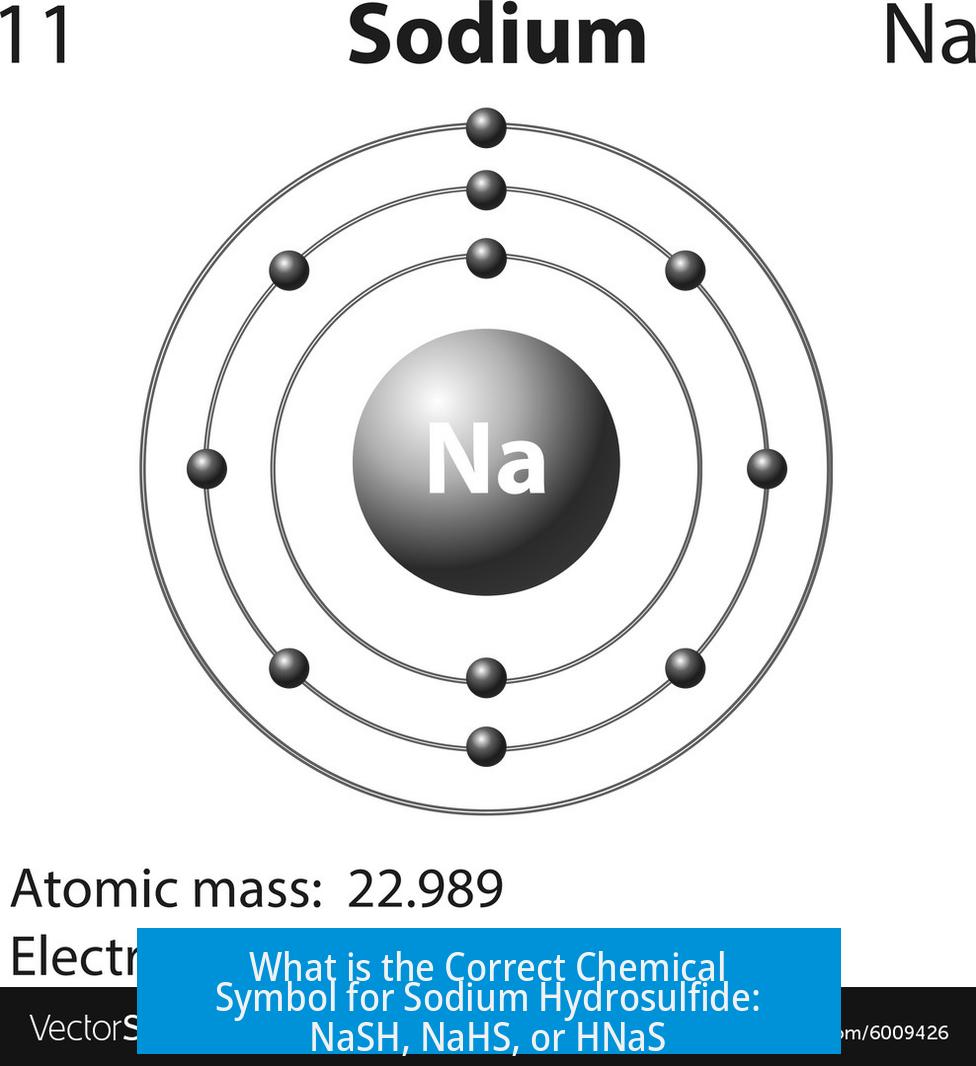


Leave a Comment